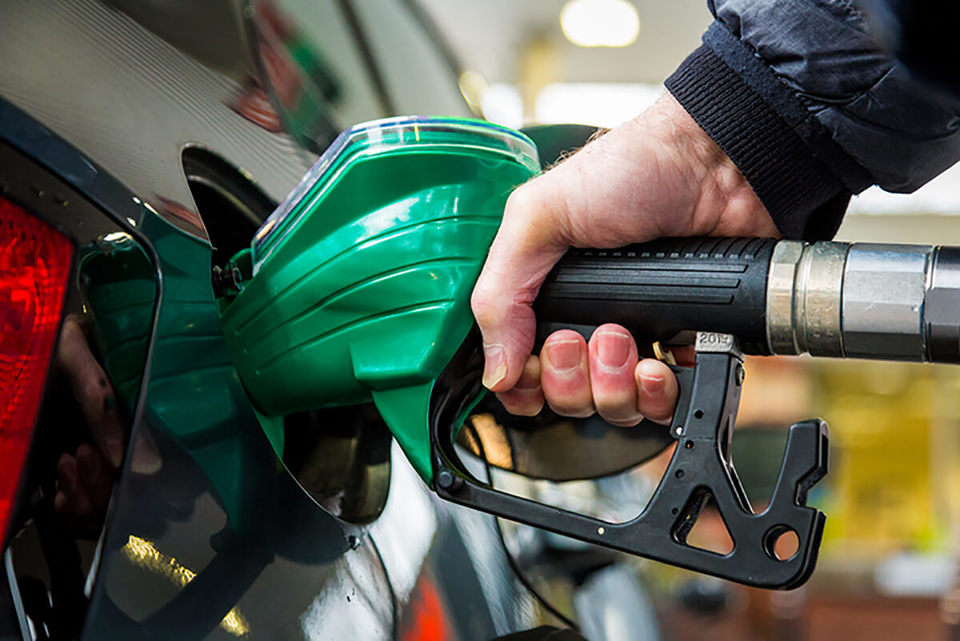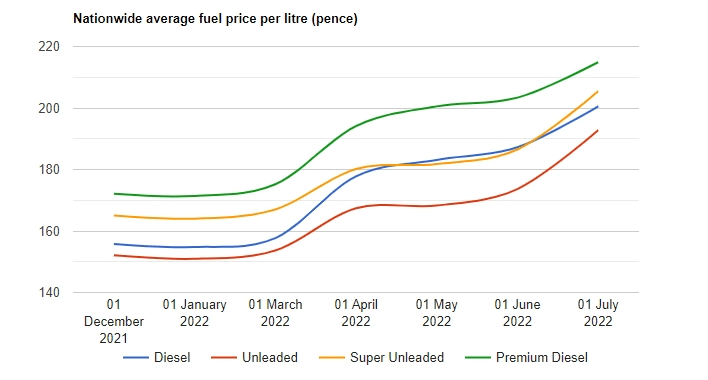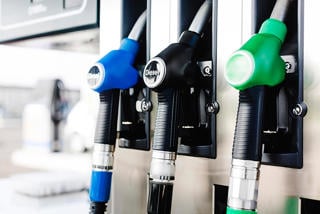Half of UK fleets have accelerated their transition to electric vehicles (EVs), with record fuel prices driving the switch, according to new research from Samsara.
The research also reveals 84% of those in the UK’s industrial, manufacturing, and logistics industries see increasing the sustainability of their operations as a “high” or “critical” priority — and 61% will up their investment in sustainability measures in 2022.
The full study, State of Connected Operation Report, reveals an eagerness among UK leaders to make a measurable impact on decarbonisation.
Around four in 10 (38%) have already implemented a formal sustainability programme, with a further 59% planning to do this in 2022 to curb emissions.
“These findings are unequivocable,” said Philip van der Wilt, VP and general manager, Samsara, EMEA.
“The logistics and road haulage industry is committed to embracing environmental sustainability, which has been brought into sharp focus with skyrocketing fuel prices and customer pressures.
“We’re seeing a strong appetite to move to mixed fuel, combining compressed natural gas (CNG) and electric or complete EV adoption.”
Diesel and petrol prices soar
The average price of a litre of diesel increased by 15.62p in June, ending the month at 199.05p, while the average cost of petrol rose by 16.59p, according to the RAC.
In a month that saw forecourt petrol prices rise every single day to yet more historic highs, the cost of a litre of petrol went from 174.84p to 191.43p.
To put things in perspective, average unleaded prices are now 26.84p per litre higher than they were the day after March’s fuel duty cut was announced (164.59p on March 24), making the cost of a full tank nearly £15 (£14.77) more expensive.
The average cost of a litre of diesel is almost 21p (20.92p) more than it was on March 24 (up from 178.13p), resulting in a fill-up costing £11.51 more than it did back then.
Weekly wholesale costs paid by retailers have been dropping for five straight weeks – yet these reductions aren’t being reflected at the pumps.
This, the RAC estimates, means that on average retailers are now taking in the region of 12p per litre in margin, nearly double their long-term average of around 6p.
As well as calling on retailers to cut prices to reflect lower wholesale costs, or justify their reasons for not doing so, the RAC is once again repeating its call for the Government to step in to help drivers, many of whom depend on their vehicles for work and family commitments, by temporarily cutting fuel duty substantially or reducing VAT on fuel.
RAC figures show that duty and VAT currently account for 85p (44%) of the 191.43p average cost of a litre of petrol, and 86p of the 199.05p cost of diesel.
RAC fuel spokesman Simon Williams said: “The rate at which pump prices have been rising over the last four weeks is hard to comprehend.
“Not a day in June went by when petrol prices didn’t go up, even though the price retailers pay to buy in fuel went down.
“There’s no doubt that drivers are getting an incredibly raw deal at the pumps at a time when the cost-of-living crisis is being felt ever more acutely.”
He continued: “The silence from the Treasury when it comes to supporting drivers through this time of record high pump prices is, frankly, deafening.
“Perhaps it has something do with the fact that it’s benefitting significantly from the increased VAT revenue caused by the high prices.
“In fact, despite cutting duty by 5p a litre to 53p, the Treasury is still collecting the same revenue per litre now due to the higher VAT take making up for the duty cut.
“In March fuel duty was 58p a litre and VAT amounted to 27p; now duty is 53p and VAT on every litre equates to 32p, making for the same 85p a litre total.
“Things are all the more galling for drivers when you consider that VAT is applied on the top of everything else – duty, the cost of the fuel, delivery and retailer margin – making it a tax on a tax.
“We badly need the Government to go beyond just vague words and instead actually implement a clear package of financial support to show they’re on the side of drivers.”
> Interested in comparing electric vehicle data? Check out our EV tool.
> Interested in ensuring the efficient use of EVs. Check out our dedicated editorial sections: Insight & policy | EV news | Charging & infrastructure | Costs & incentives | Benefit-in-kind | EV case studies | EV road tests























Login to comment
Comments
No comments have been made yet.